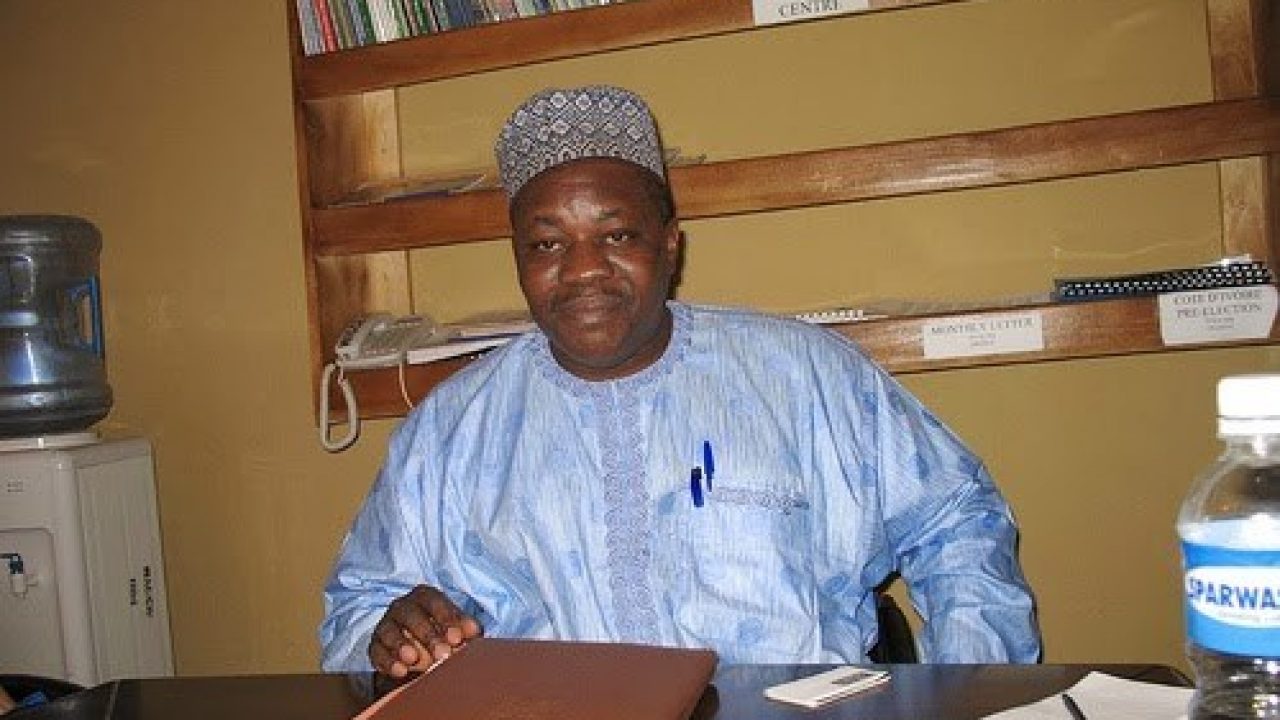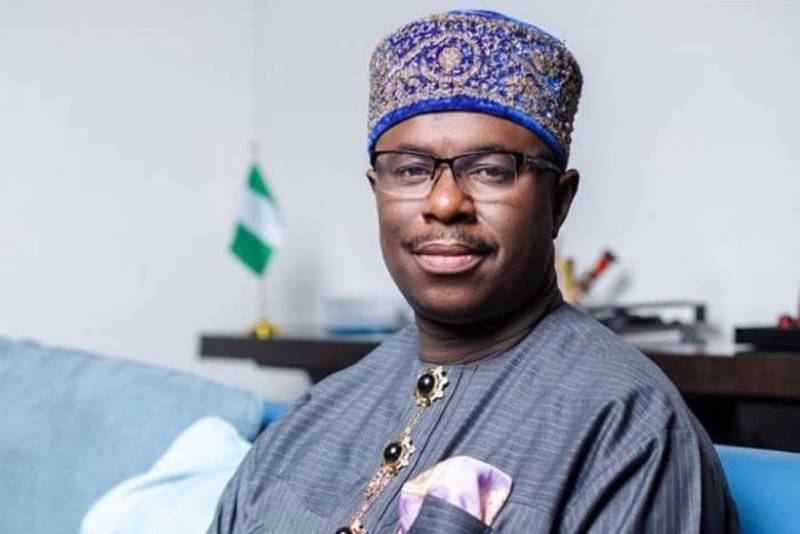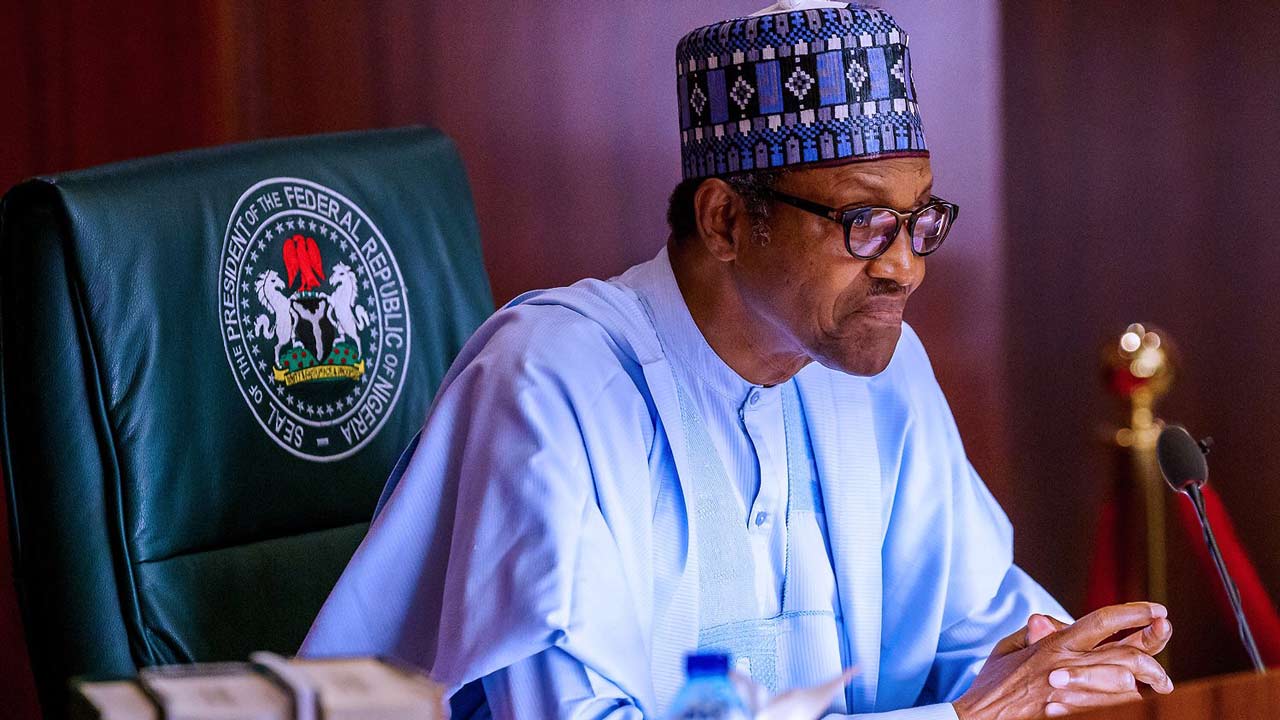Nigeria in 2050, By Jibrin Ibrahim
This week, Nextier, organised a workshop to deliberate on a report by the Institute of Security Studies in South Africa on “Nigeria in 2050: Global Player or Poverty Capital of the World”. It’s a trend analysis of where we are headed if we keep to the current pathway – annihilation. It is therefore above all a warning that to survive as a people, we must change our ways and move away from the massive level of public corruption that makes it virtually impossible for governments to do their work of producing public goods for the people – security, welfare, good health, infrastructure and so on. We must improve governance or perish. The problem is who in government will listen. Who has power and at the same time the empathy to listen to what the people need desperately.
I recalled I similar study we conducted under the OECD and the World Bank in 1993-94 known as the West African Long-Term Perspective Study – 1995 to 2020. We spent two years in a detailed study reading the tea leaves of where Nigeria was headed in the next 25 years. Sadly, all our projections of the dangers ahead that should be avoided have come to pass.
We drew attention to rapid population growth rate producing a youth bulge due to a significant decline in infant mortality and posed the question whether we would benefit from the demographic dividend if we educate and train the youth and diversify the economy to provide jobs or we would do nothing and suffer the blows from demographic bombshell. We did nothing and the bombs went off.
We observed the rapidity of rural-urban migration and pointed out that the cities were developing vast slums as young people left their villages to cities with neither training nor education transferring rural poverty to concentrated urban squalor. A society with a vast lumpen hustler population surviving day-by-day in a difficult informal economy creates a vast “precariat” that would promote instability. That is what we have. We warned the governments that the universal compulsory primary school scheme introduced in 1976 has been abandoned by most northern state governments. We drew attention to the urgent need to implement it as if our future depended on it. No one in government cared. Today, Nigeria has the largest population of school-age children in the world that are out of school and no government has seen it as a national emergency in the past three decades.
We drew attention to the rise of religiosity and the penetration of the religious arena by informal religious actors following the outbreak of the Maitatsine violence in the early 1980s, which we said could balloon into significant levels of violent extremism. We drew attention to the socio-economic crisis in the Sahel as a possible trigger and many in power thought it was mere speculation until Boko Haram became part of our lived realty. We also drew attention to the rapid expansion of both agriculture and pastoralism in the same space leading to violent conflicts and a run on arable land in the Middle Belt and that is where we are today. These were our projections for the 2020s handed over to governments in 1994.
The current study presented this week covers very much the same grounds but drawing attention to what the data is saying today – that everything is more dire now than it was before. Over four decades after the introduction of compulsory universal basic education, over 30 percent of the population is illiterate. The country is in chronic crisis with an essentially bankrupt economy that has sank into a debt trap. Nigerians have never been so unsafe with multiple insurgencies, widespread banditry, separatist agitations, policy discontinuities, massive corruption and a level of poor governance that presents an existential threat.
They showed graphics demonstrating that Nigeria and Malaysia where at similar levels of economic performance at independence but today, they have transformed their economy and moved far ahead while we remain in crisis. Nigeria is not on track to achieve most of the SDGs by 2030, and is forecast to have the highest number of poor people globally by 2050. Internally, there is a poverty polarity between northern and southern Nigeria, with the north lagging far behind. Nigeria has one of the world’s lowest tax revenue-to-GDP ratios, leaving little fiscal space for productive expenditure. The public health and education sectors are incapacitated by mismanagement, corruption and inadequate funding.
Nigeria’s population is forecast to increase to over 450 million by 2050, by which time it will be the third most populous country in the world. Although Nigeria has great agricultural potential, the sector is unable to meet the nutritional demands of a rapidly growing population. Nigeria has made little progress in export diversification. The country remains a rentier economy but currently, even that is lost as most of the petroleum produced is stolen and sold by government and security cabals that have become pipeline bandits. Macroeconomic instability, a skills shortage, an unfriendly business environment and infrastructure deficits constrain productivity and growth in the non-oil sector.
The situation is bad. Nonetheless, with aggressive but reasonable policy interventions, Nigeria could have a significantly brighter future if we have a leadership with a vision and competence. This is the major challenged posed to Nigerian citizens today.
Nigeria can and must address the security challenges it faces by providing the leadership for the security forces to be properly equipped and encouraged to do their work. It is still possible to promote national cohesion and social inclusion by ensuring a fair distribution of socio-economic amenities across the states. Set up a national social protection programme to support the poorest and most vulnerable to reduce poverty and inequalities. Intensify the struggle against corruption, improve public financial management and domestic revenue mobilisation by accelerating digitalization to enhance tax efficiency and address the infrastructure gap by creating an enabling environment for public-private-partnerships in infrastructure development.




